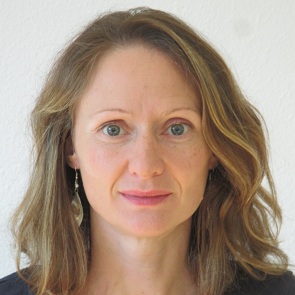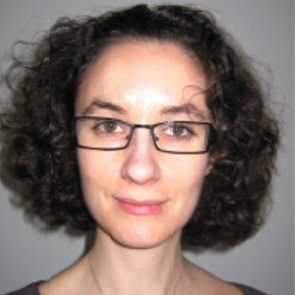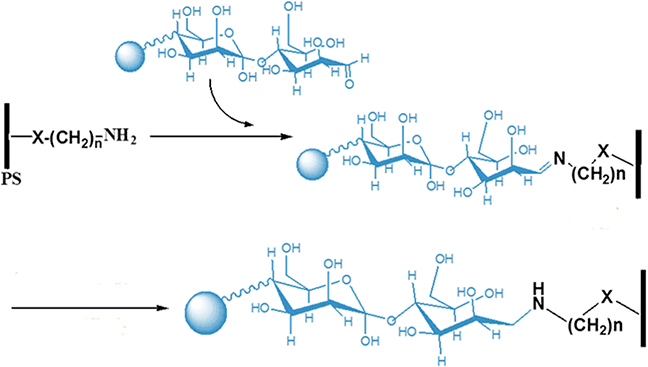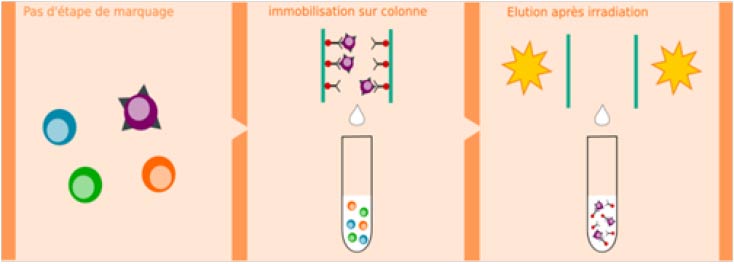Biomaterials-Biointerfaces
Scientific objectives
- Develop new materials/new processes for applications in biology
- Understand the biological mechanisms involved in biointerfaces
- Synthesize new materials from biological objects
Members
Research fields

Biomolecules-surfaces interactions
K. Anselme, P. Dutournié, L. Limousy, T. Petithory, L. Pieuchot, A. Ponche
With the aim of studying biomolecules-surfaces interactions, the researchers develop various approaches for characterizing the surface chemistry of materials and determining which parameters are essential for controlling both protein adsorption and grafting. The most notable recent development has been a new protein grafting method using glycosylations.
Publications :
O. Ba, M. Hindie, P. Marmey, O. Gallet, K. Anselme, A. Ponche, A.C. Duncan Colloids Surfaces B Biointerfaces 2015 134:73–80 DOI : 10.1016/j.colsurfb.2015.06.00
T. Huang, K. Anselme, S. Sarrailh, A. Ponche, Int. J. Pharmaceutics 2016 497 :54-61. DOI : 10.1016/j.ijpharm.2015.11.013

Biomaterials Development – Characterization
K. Anselme, F. Bally-le Gall, J. Parmentier, T. Petithory, A. Ponche, V. Roucoules
With the prospect of improving existing biomaterials and developing new biomaterials, we link our skills in materials and biology to optimise their bioactivity. Much of the work concerns the functionalization of surfaces with biomolecules and the analysis of their effects on biological objects. The originality of our approach is the combination of advanced physico-chemical characterization techniques with biochemical and biological ones.
Publications :
F. Sima, P. Davidson, J. Dentzer, R. Gadiou, E. Pauthe, O. Gallet, I. Mihailescu, K. Anselme, ACS Applied Materials and Interfaces 2015 7 : 911–920 DOI : 10.1021/am507153n
Brigaud, R. Agniel, J. Leroy Dudal, S. Kellouche, A. Ponche, T. Bouceba, N. Mihailescu, M.Sopronyi, E. Viguier, C. Ristoscu, F. Sima, I.N. Mihailescu, A.C.O. Carreira, M. Cleide Sogayar, O. Gallet, K. Anselme, Acta Biomaterialia 2017 55 : 481-492. DOI : 10.1016/j.actbio.2017.04.013
J. Möller-Siegert, J. Parmentier, P. Laquerrière, A. Ouadi , O. Raisslé, E. Jallot, J.-M. Nedelec, C. Vix-Guterl, K. Anselme, Nanomedicine 2017, 12 : 1835-1850. DOI : 10.2217/nnm-2017-0158

Cell-surfaces interactions
K. Anselme, V. Luchnikov, T. Petithory, L. Pieuchot, A. Ponche, O. Soppera, A. Spangenberg, L. Vonna
We are renowned for our work on the cellular response to topography at scales smaller than or equal to cell size. Original results have revealed a fascinating nuclear deformation phenomenon of cancer cells on micropillared substrates. This ability to deform cancer cells could be related to the deformation capacity of metastatic cells during their migration through biological tissues. More recently, we have discovered a phenomenon we call “Curvotaxis” which is the ability of cells to read the curvature of their environment.


Publications :
K. Anselme, N. Tusamda Wakhloo, P. Rougerie, L. Pieuchot, Advanced Healthcare Materials 2018 1701154. DOI : 10.1002/adhm.201701154
L. Pieuchot, M. Vassaux, J. Marteau, T. Cloatre, T. Petithory, I. Brigaud, P-F. Chauvy, A. Ponche, J-L. Milan, P. Rougerie, M. Bigerelle, K. Anselme, Nature Communications 2018 9 : 3995. DOI : 10.1038/s41467-018-06494-6
V. Belaud, T. Petithory, A. Ponche, C. Mauclair, C. Donnet, L. Pieuchot, S. Benayoun, K. Anselme, Biointerphases 2018, 13 : 06D408. DOI : 10.1116/1.5042747

Synthesis of materials from biological objects
A. Simon-Masseron, T. Petithory, K. Anselme
In recent years, researchers have been developing the synthesis of metallophosphate-based porous materials from biological objects. Thus, the use of amino-acids, nucleotides or phospho-proteins such as casein have made it possible to obtain original biosourced microporous zincophosphates. They have been doped or not with silver nanoparticles which give them biocidal properties without compromising their biocompatibility.

Publications :
J. Hinostroza Ramos, K. Anselme, A. Simon-Masseron, L. Ploux, RSC Advances 2018, 8 : 25112. DOI : 10.1039/c8ra04438d

Process engineering for biological applications
K. Anselme, J. Brendlé, B. Lebeau, A. Ponche, O. Soppera
The interdisciplinary nature of the axis makes it possible to develop innovative processes for biological applications. We are currently investigating the influence of hydrodynamic parameters on the filtration of biomolecules. Another example is the development of an alternative method of cell sorting which aims to isolate target cells from a heterogeneous population (e.g. blood) using a specific and non-toxic approach based on photochemical cleavage.
Publications :
G. Gareffa, A. Schmitt, A. Ponche, O. Soppera, B. Lebeau, J. Brendle, K. Anselme, Master training peiods UHA (2014, 2015).
S.M. Miron, P. Dutournie, K. Thabet, A. Ponche, Comptes Rendus Chimie 2018 22 : 198 DOI : 10.1016/j.crci.2018.09.011

Specific facilities

Protein analysis laboratory (electrophoresis, HPLC, TPD-MS)

L2 cell culture laboratory (laminar flow, CO2 incubator, centrifuge, microscope)

Molecular biology facilities (RT-PCR, quantitative PCR)

3D Image treatment station + image treatment softwares (ZEN®, Image J, Imaris®)

Protein analysis laboratory (electrophoresis)

Cell culture room (PSM + incubator + microscope)
Main collaborators
Université de Valenciennes et du Hainaut-Cambrésis (France)
Université de Cergy-Pontoise (France)
Université de Limoges (France)
Université de Strasbourg-Inserm (France)
Institut National de Physique des Lasers, Plasma et Radiation (Magurele, Romania)
Albert-Ludwigs-Universität Freiburg (Germany)
Université Fédérale de Rio de Janeiro (Brazil)
